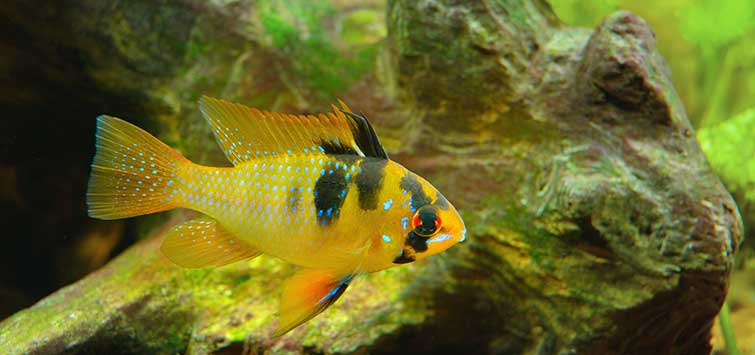You are using an out of date browser. It may not display this or other websites correctly.
You should upgrade or use an alternative browser.
You should upgrade or use an alternative browser.
Finding half eaten fish
- Thread starter 2loud
- Start date
Btw. Rams are at another house. View attachment 168461
This is completely misleading and frankly false. On all counts. First, the temperature is too low, as I have already noted. Second, they do not adapt to parameters that are different from those in which they were spawned/raised. This is somewhat unusual, given their high sensitivity to all things water (parameters being GH and pH and conditions, they cannot tolerate any form of nitrogen from ammonia to nitrite to nitrate). One would normally expect such sensitive fish to be better in water close to their habitat given that this is part of their genetic blueprint, but apparently not here.
The habitat you mention, was it an aquarium? Air temp would not be an issue with heaters, so how is it a valid comparison. What sources are you using as well?
Habitat refers to their wild natural location, not an aquarium. The air temperature affects the water temperature in nature; it takes water longer to change, but there is a relationship. In the neotropics, water temperature does not fluctuate much either diurnally or seasonally. [This is another fact frequently denied.] This is one reason why biologists can work out temperature ranges for fish species. If the water temperature is 82F (at basically the coolest part of the day), and the air temperature is 87F in the morning on an overcast day, it is only going to get warmer.
As for sources, I use biologists and ichthyologists. Collectors who have caught these fish and taken water readings. One of the serious impediments in this hobby is the plethora of false "information;" in order to rely on the data, one has to know the source, meaning the knowledge of the individual providing it. The fact that any data appears on the internet is absolutely no guarantee as to its factuality.
This species occurs in the Venezuelan and Colombian Llanos of the Río Orinoco drainage. The Llanos is a vast, highly biodiverse system of tropical savannah grasslands, seasonally-flooded plains and forests covering an area measuring almost 600,000 square kilometers in Venezuela and Colombia. There are well-defined annual weather patterns with distinct wet and dry seasons and year-round high temperatures. It is located to the north and west of the Río Orinoco and drained by many of the river’s tributaries.
From the article on Seriously Fish:
Tankmates must also be able to manage in the warmer water that this species requires. Paracheirodon axelrodi and P. simulans are two species that meet this requirement.

German Ram: Odyssey to Their Natural Habitat | TFH Magazine
An underwater explorer braves the deep jungle to observe and photograph German ram cichlids in their native waters.
Ivan Mikolji is quite brilliant, and you might want to read this article detailing a visit to a ram habitat. 82f in the morning. There's a reason I don't keep rams, and it's temperature.
Similar threads
- Replies
- 4
- Views
- 277
- Replies
- 3
- Views
- 361
- Replies
- 5
- Views
- 209

